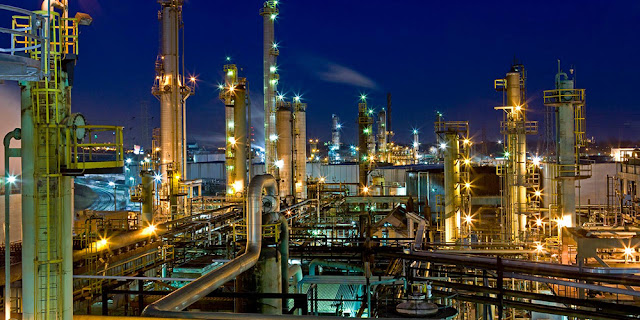Plate Heat Exchangers in Oil & Gas refinery
Plate heat exchangers (PHEs) are commonly used in oil and gas refineries for a variety of applications, including heat recovery, preheating of feedstock, cooling of product streams, and intercooling of gases.
PHEs consist of a series of thin plates that are corrugated to increase the surface area available for heat transfer. The plates are typically made of stainless steel or titanium, which are resistant to the corrosive effects of oil and gas. The plates are stacked together and separated by gaskets to form a series of channels through which the process fluids flow.
One of the primary advantages of PHEs is their high heat transfer efficiency, which results from the large surface area available for heat exchange. This allows for compact designs that take up less space and require less material than traditional shell-and-tube heat exchangers.
In oil and gas refineries, PHEs are used in a variety of applications, including:
Crude oil preheating: PHEs can be used to preheat crude oil before it enters a distillation tower, reducing the energy required for the distillation process and increasing the overall efficiency of the refinery.
Heat recovery: PHEs can be used to recover heat from process streams, such as hot gases or condensate, and transfer that heat to other process streams that require heating.
Product cooling: PHEs can be used to cool product streams, such as gasoline or diesel fuel, before they are stored or transported. This can help to prevent degradation of the product and increase its shelf life.
Gas intercooling: PHEs can be used to cool gases, such as compressed air or natural gas, between stages of a compression process. This can help to reduce the energy required for compression and increase the overall efficiency of the process.
Overall, PHEs are a versatile and efficient technology that has many applications in oil and gas refineries







Commenti
Posta un commento